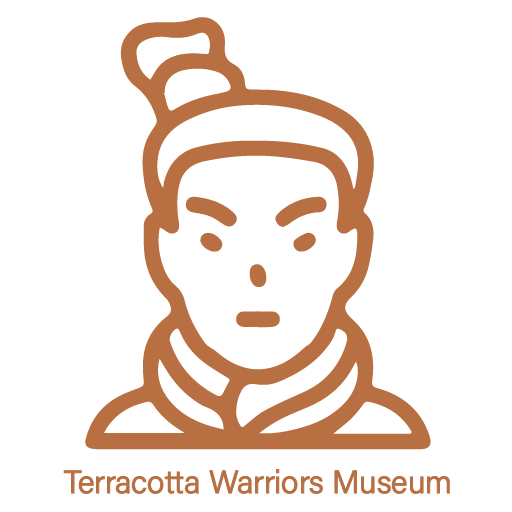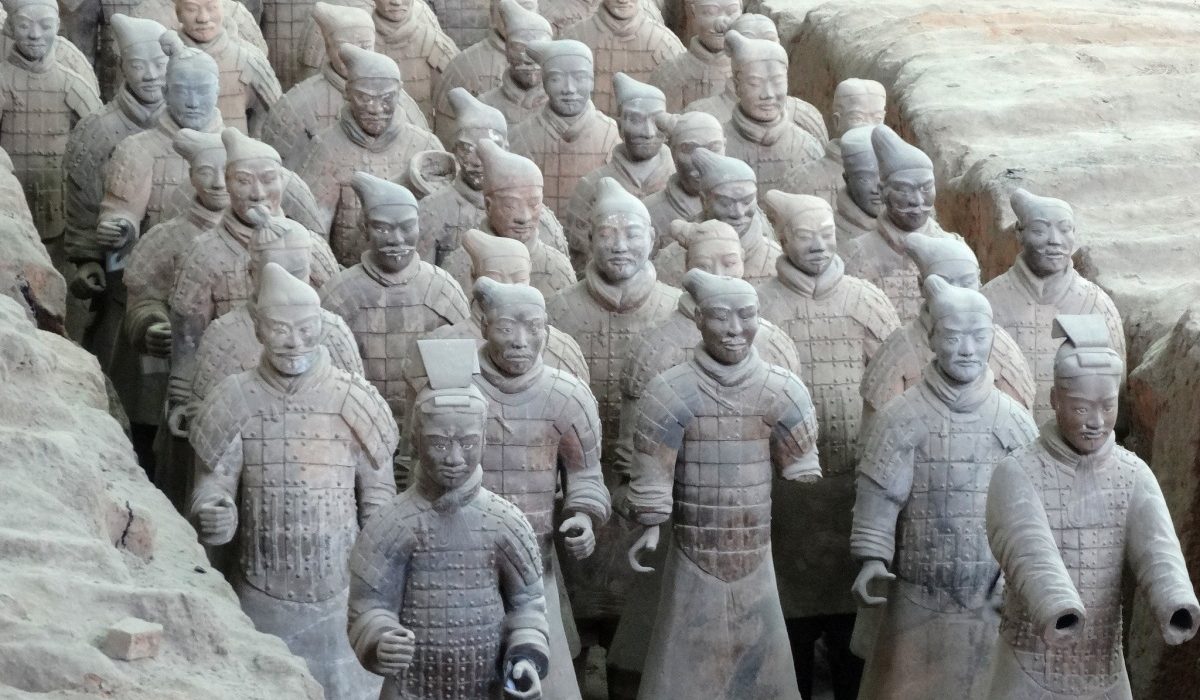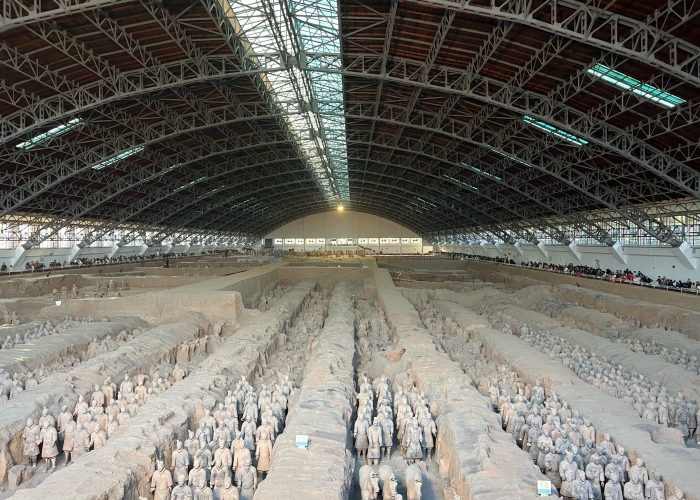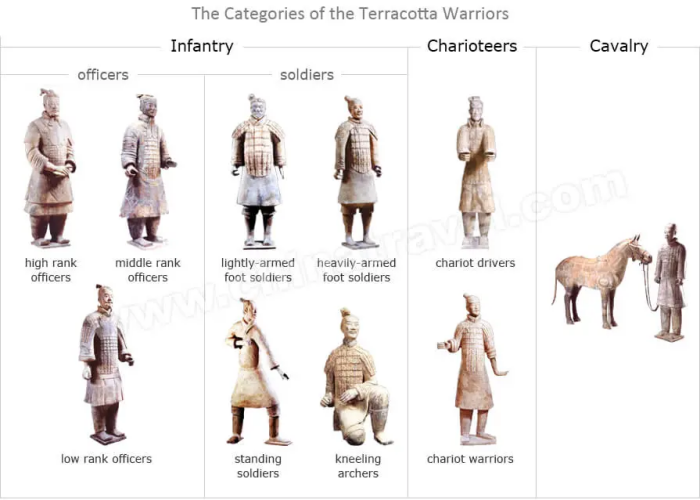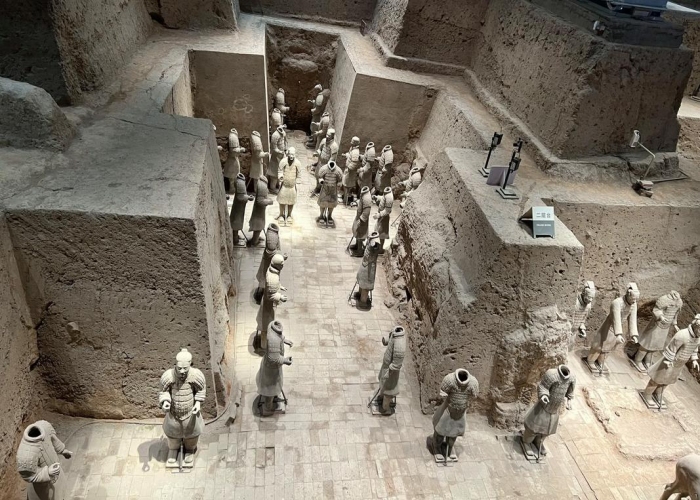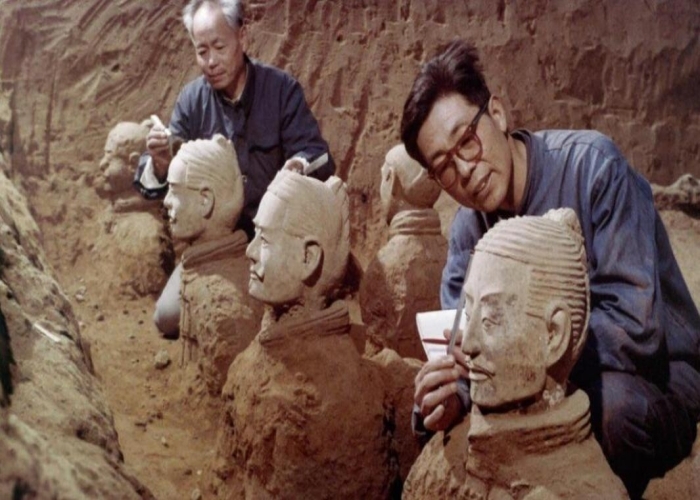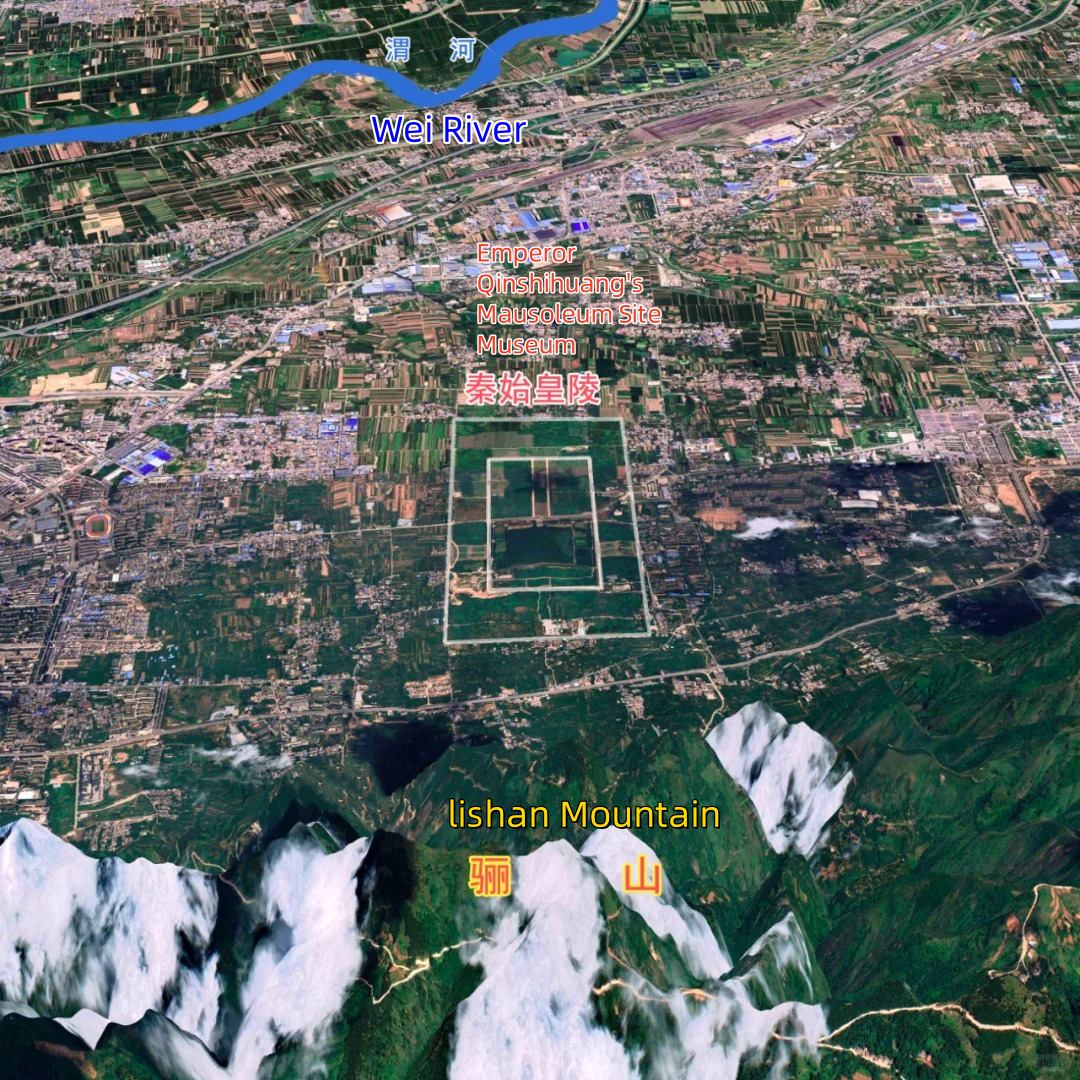How & Why Terracotta Warriors Stay Buried for Over 2,000 Years?
This article explores in detail why the Terracotta Warriors remained buried for over 2,000 years, examining factors such as deliberate burial practices, stable environmental conditions, Cultural taboos and local superstitions. These factors together contributed to the Terracotta Warriors remaining protected from human interference and natural decay.
For centuries, these life-sized figures lay undisturbed beneath the earth, silently guarding the tomb of Emperor Qin Shi Huang. Their survival is a testament to both the ingenuity of ancient craftsmen and the unique environmental factors that shielded them from decay, offering a fascinating glimpse into China’s first imperial dynasty.
How Were Terracotta Warriors buried?
The warriors were placed in large underground pits, arranged in battle formation. These pits were covered with wooden planks, layers of mats, and thick soil. The burial site was sealed without any obvious surface markers, blending seamlessly into the surrounding farmland.
Strategic Placement and Construction
The warriors are primarily situated in three large pits—Pit 1, Pit 2 and Pit 3, approximately 7 meters (23 feet) deep, located about 1.5 kilometers (0.93 miles) east of Emperor Qinshihuang’s Mausoleum Site Museum in Lintong District, Xi’an.
These pits were not random depositions but carefully arranged formations mirroring actual military units and different types of Terracotta Warriors , including infantry, cavalry, and chariots.
The figures themselves were crafted from fine clay in sections, assembled, coated with lacquer, and originally painted in vivid colors, a detail largely lost upon exposure to air.
Real bronze weapons, such as swords, lances, and arrows, were also interred with them, along with wooden chariots (which have since decayed).
The Sealing Process
Once the warriors were in place, the pits were sealed with elaborate precision. Timber roofs were constructed over the formations, covered with woven mats, and then layered with several meters of compacted, sandy loess soil.
This meticulous backfilling effectively sealed the entire complex, creating an airtight, stable environment that protected the figures from external elements.
The sheer depth of the burial—up to 5 meters (16 feet) of accumulated soil—further obscured the site from view, turning it into a vast, forgotten underground vault.
What Natural Conditions Helped Preserve Terracotta Warriors ?
The remarkable preservation of the Terracotta Warriors for over two millennia is a testament to a unique confluence of natural and environmental factors.
Soil Conditions and Arid Climate
The local soil, primarily reddish, sandy loess, played a pivotal role. Its moderately alkaline pH and fine particle size created a stable environment that inhibited the growth of corrosive agents and microbes.
The arid climate of Xi’an further contributed by reducing moisture levels, a critical factor in slowing the deterioration of organic materials and painted surfaces.
This combination resulted in a relatively low-oxygen, low-humidity environment essential for long-term preservation.
Stable Subsurface Environment
The deep burial of the pits, covered by significant layers of compacted earth, created a remarkably stable subsurface microclimate.
This protective overburden acted as an insulator, buffering against rapid fluctuations in temperature and humidity that occur above ground.
The sealed environment effectively protected the figures from external elements like sunlight, wind, and rain, which are major drivers of deterioration.
Why Did People Leave Terracotta Warriors Undisturbed?
For over two millennia, the existence of the Terracotta Army remained a secret, primarily due to a combination of spiritual beliefs, local superstitions, and cultural taboos.
Sacredness of the Emperor’s Tomb
Imperial tombs were considered sacred. Disturbing an emperor’s final resting place was believed to bring misfortune, spiritual punishment, or bad luck.
The Principles of Feng Shui
The tomb’s location was carefully chosen according to feng shui principles, believed to protect the emperor’s spirit and maintain cosmic balance. Interfering with the site was thought to disrupt natural and spiritual order.
Agricultural Superstitions
Local farmers believed that disturbing the tomb or the buried warriors could negatively affect crops, bring poor harvests, or cause bad luck in daily life.
Legal and Social Prohibitions
Laws strictly forbade looting or tampering with imperial tombs. Socially, disturbing a tomb was seen as deeply immoral, reinforcing avoidance of the site.
The following table summarizes why Terracotta Warriors remained buried for over 2,000 years :
Categories | Key Points |
Burial Method | • Covered with timber, mats, and thick soil |
Sealing & Protection | • Timber roofs,mats and compacted loess soil |
Natural Preservation | Soil & Climate: sandy loess, moderately alkaline, low moisture |
People’s Spiritual Beliefs and Superstition | Sacredness: disturbing tomb brings misfortune |
